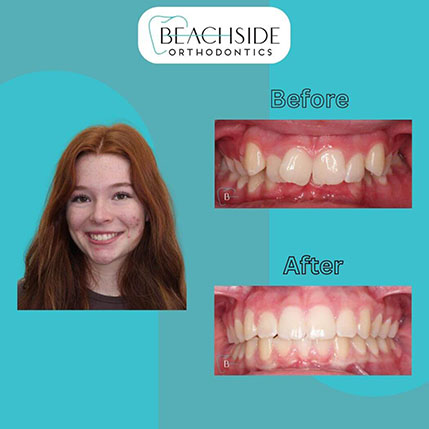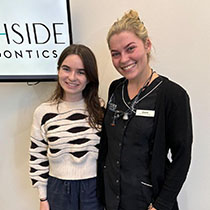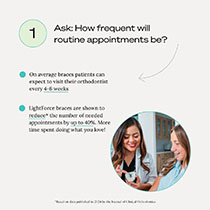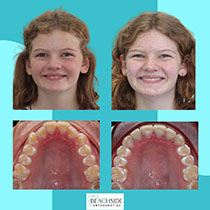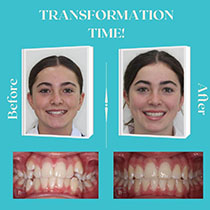Aug 18, 2025
All You Need To Know About Retainers
Learn why retainers are crucial after braces, the different types available, and how to maintain your straight smile with Beachside Orthodontics.
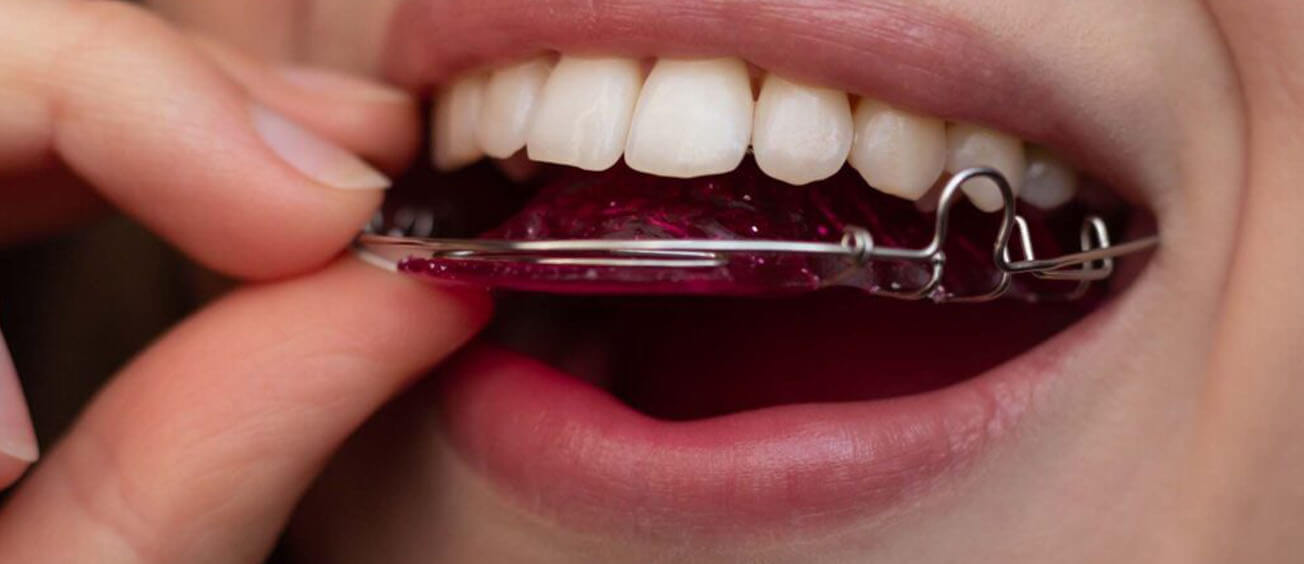
Congratulations! Your braces are finally off, and your smile looks fantastic. But just when you think your orthodontic journey has come to an end, your orthodontist hands you something called a retainer.
Wait — what exactly is this, and why is it so important? Let’s break down the world of retainers so you feel confident about keeping your smile in place.
What is an Orthodontic Retainer?
Think of a retainer as the key to locking in all the hard work you’ve done. Even after treatment, your teeth, gums, and bone need time to settle into their new positions.
"Teeth are always on the move—it’s completely normal," says Dr Steve Moate.
"Retainers make sure your smile stays exactly where you want it, rather than drifting back to its old shape."
If you skip wearing your retainer, your teeth will likely start migrating back to their original spots—and that’s definitely not the goal after months or years in braces!
Why Do We Need Orthodontic Retainers?
- To prevent relapse: When braces or aligners reposition your teeth, the bone and gum tissues around them reshape too. Retainers hold everything steady while your mouth adapts.
- For lifelong smile protection: Even after your teeth settle, they’ll naturally shift over time as part of aging. Retainers act as insurance against these gradual changes.
"I’ve had my fixed retainers in place for 25 years and counting," Dr Moate shares.
"They’re a small daily commitment that pays off in the long run."
Types of Orthodontic Retainers
There are two main types of retainers:
1. Removable Retainers: These look similar to Invisalign aligners and are made of clear plastic that fits snugly over your teeth. Bonus: they can help protect against clenching or grinding.
2. Fixed (Bonded) Retainers: This thin wire is bonded to the back of your front teeth. It’s practically invisible and works 24/7. At Beachside Orthodontics, we love using hygienic zig-zag wires that make cleaning easier.
Which is Better: Fixed or Removable Retainers?
There's no single best answer—often, we recommend having both to make sure your teeth stay perfectly in place.
Removable Retainers:
- Pros:
- Easy to clean around your teeth
- Help protect against grinding
- Cons:
- Requires discipline to wear as directed
- Can be lost or damaged
Fixed Retainers:
- Pros:
- Always working — no daily effort needed
- Last a long time if kept clean
- Cons:
- A little trickier to clean around the wire
- May eventually need replacing
Which is the Best Option for You?
At Beachside Orthodontics, we want to protect your straight smile for years to come. We often suggest both fixed and removable retainers. When deciding what’s right for you, we consider:
- Which teeth need to be held in place
- How committed you are to following instructions
- Any concerns about cleaning around your retainer
Tips for Retainer Success:
- Set a routine: Always put your retainer in after brushing at night.
- Keep it clean: Rinse and brush your retainer regularly and clean its case often.
- Designate a safe spot: Store your retainer in a bright case to avoid losing it (and keep it out of reach — pets love to chew retainers!).
- Schedule regular checkups: We’ll monitor your retention progress for 24 months after treatment to ensure everything is on track.
Beachside Orthodontics: Your Partners in Smile Success
We want your beautiful smile to last a lifetime. If you have questions about retainers or any part of your orthodontic care, just ask. Our team is always here to help and committed to supporting you every step of the way.
For more information or to book a consultation, contact Beachside Orthodontics today!
back
